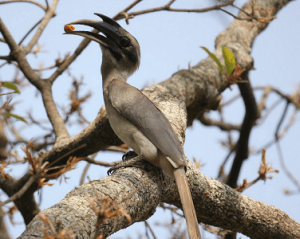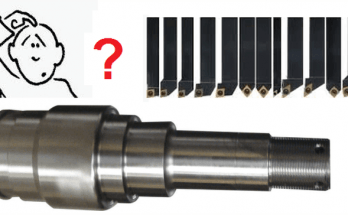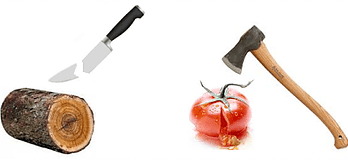CNC threading insert – difference between partial and full profile
When you select a CNC threading insert, you need to be aware of whether to choose a partial profile or a full profile insert.
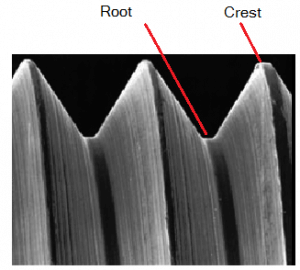
A thread actually has a radius or flat at the root, and a radius at the crest. A Partial profile insert finishes only the root of the thread, and does not touch the crest. The same partial profile insert can be used to cut threads with any pitch, with a common thread angle (e.g., 60 degree). Insert cost is therefore reduced, and so is the inventory of different inserts required.
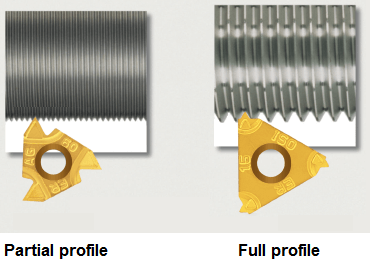
A Full profile insert finishes the complete thread profile – the root and the crest. Each thread pitch of a particular standard requires a different insert. It gives you better dimensional accuracy, and a well finished thread with no burrs.
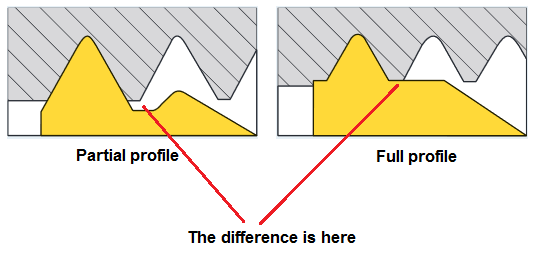

Transform production and profits dramatically, in just a few months.
With a CNC machine monitoring system.
Etc
My close encounter with an Indian Giant Squirrel
The Indian Giant Squirrel (also called the Malabar Giant Squirrel) is a stunning creature. It has beautiful colouring, and really is giant, 1 meter long from head to tail. Unlike its smaller cousins, this squirrel rarely descends to the ground. It stays high up on tall trees, and can jump upto 6 meters between branches. I’ve never seen the squirrel at close quarters, and was extremely fortunate to have seen one every day for a week, very close to me.

Here’s the story:
I recently took a short break from my city slicker life to become a farmer, and stayed on a farm for a week. Right next to the house (a mere 10 meters away) is a tree with passion fruit vine climbing on it, with lots of fruit. The squirrel came mid-morning every day to eat a lunch of this fruit. When I saw it coming I took a break from the farm work, and went and sat near the tree. The squirrel took some time searching for a ripe fruit, then plucked it and sat on a branch, grabbing the fruit in its forelegs and the branch with its hind legs, its tail used for balancing. It then expertly bit off the peel, and ate the succulent insides. After this (doubtless after letting out a big burp, which I couldn’t hear ?) it took a long rest. The rest involved balancing in the same position with the eyes open, totally still for maybe 15 minutes. It repeated this eat-rest cycle for a few fruit, and then left. I found this lunch so fascinating that my productivity on the farm (already low because of poor skills) would be abysmal during the squirrel’s lunch time. Must be one of the few times in my life when I’ve got joy out of watching someone else having lunch .
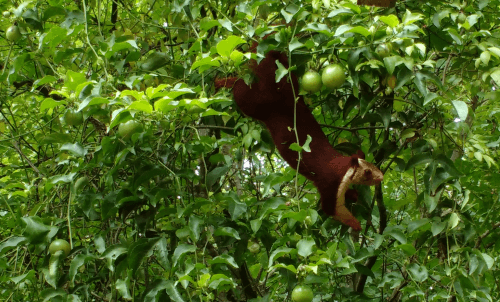
In the afternoon the squirrel would be high up on some tall trees, having an animated discussion with a couple of grey hornbills (beautiful large birds) who too were daily visitors to the farm. The threesome always sat close to each other, on adjacent branches or adjacent trees. Here’s what their discussion sounded like (the ‘chik-chik’ is the squirrel, and the rest are the hornbills).

